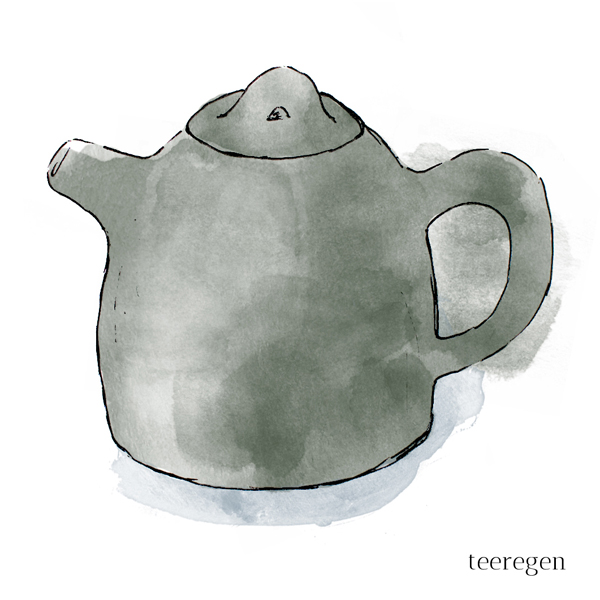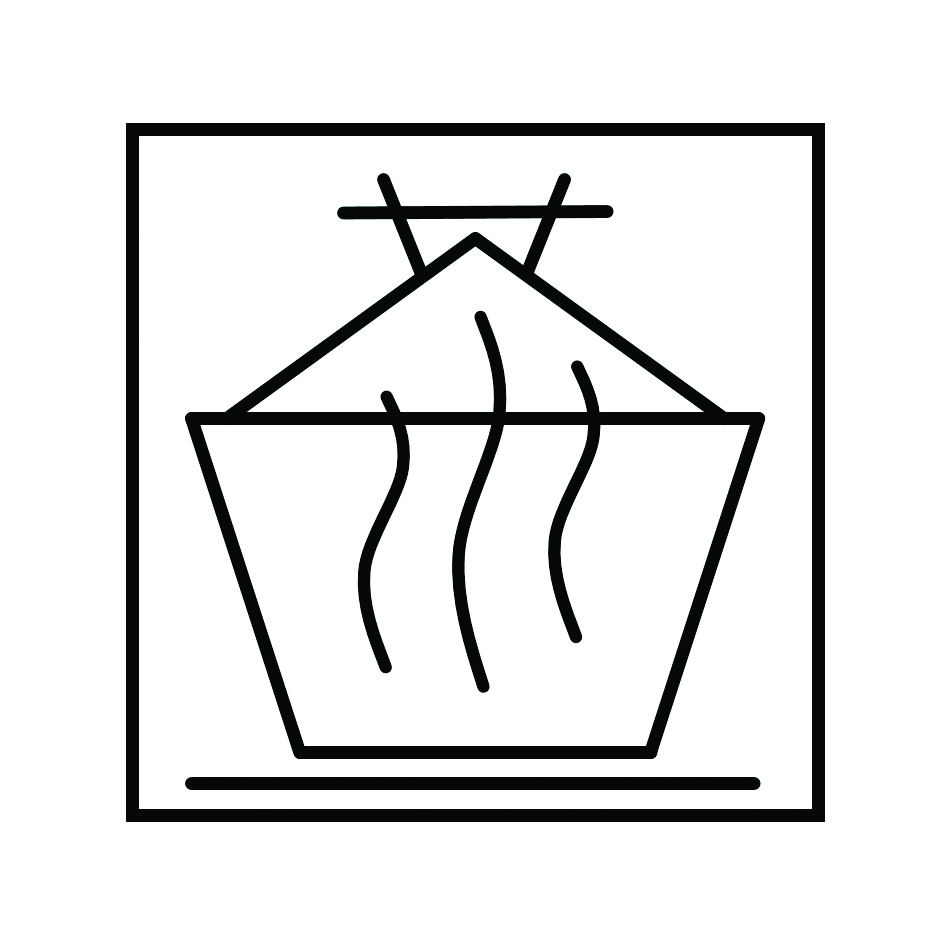One teapot to rule them all?

秦权
–
qinquan
–
imperial weight
This mighty teapot is named after the first emperor Qin Shi Huang of the Qin Dynasty (not Qing Dynasty) who unified China in 221 BC. The teapot is shaped like a quan, an ancient weighing tool made from metal. The body of the teapot looks sturdy and the arch on the lid is formed like a weight handle.
But the name symbolizes a lot more: when the emperor unified China, he also standardized language, currency, measures and weights, meaning he declared the Qin weight to be the standard one. Quan in modern Chinese actually means might or power, and being the emperor gives you the right to exert near endless power.
So might notice that some Qin quan teapots have a little 飞 fei or decorative wave on the handle. On one hand, it is a shape reminiscent of a dragon, to symbolize imperial power. On the other hand, this little wave is a good resting spot for the thumb during pouring helps to stabilize the teapot, especially with weightier, broader teapots.
So the Qin Quan pot stands tall and strong and is full of opposites – shaped after an everyday object that carries the spirit of an emperor; bold and heavy in shape and yet elegant and simple. The shape is inspired by one reminiscent of the beginnings of Chinese culture but still manages to appear modern.
Get yourself some ‚Teapot Shapes II‘ postcards!
LY
